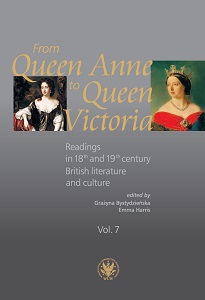The “(Un)fair Play” Method in Arthur Conan Doyle’s Sherlock Holmes Tales
The “(Un)fair Play” Method in Arthur Conan Doyle’s Sherlock Holmes Tales
Author(s): Joanna Kokot
Subject(s): Theoretical Linguistics, Applied Linguistics, Studies of Literature, Philology, History of Art, British Literature
Published by: Wydawnictwa Uniwersytetu Warszawskiego
Keywords: detective fiction; Arthur Conan Doyle; narration; unreliable narrator; Watson
Summary/Abstract: It is already a commonplace that the style of reading assumed by classic detective fiction assumes the reader’s involvement in solving the puzzle, as the literary detective’s rival. This implies “the modern ‘fair play’ method”, as Dorothy Sayers calls it, consisting in supplying the reader with all the clues necessary to solve the riddle, concealing them at the same time so that their significance is not revealed too soon. However, one would seek the “fair play” method in Conan Doyle’s stories in vain. Watson, adopting the perspective of a participant of the events, reconstructs and reiterates in the process of telling his misinterpretations, omissions and blunders which he committed as a character of his stories. Hence Watson proves to be not only a naive narrator, but an unreliable one as well, making it impossible for the reader to act as a rightful rival to the detective. The article deals with the functions of this “unfair play” method.
- Page Range: 89-101
- Page Count: 13
- Publication Year: 2021
- Language: English
- Content File-PDF

